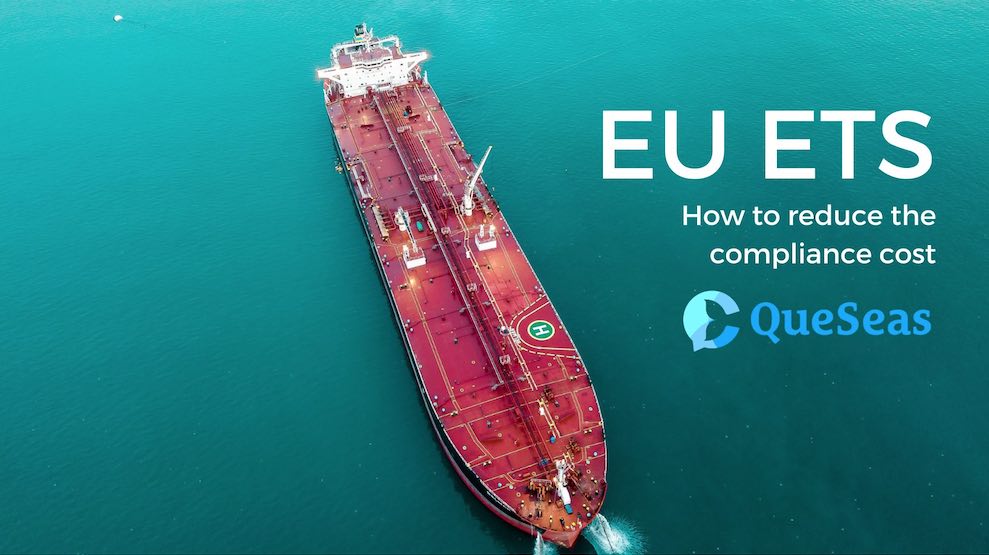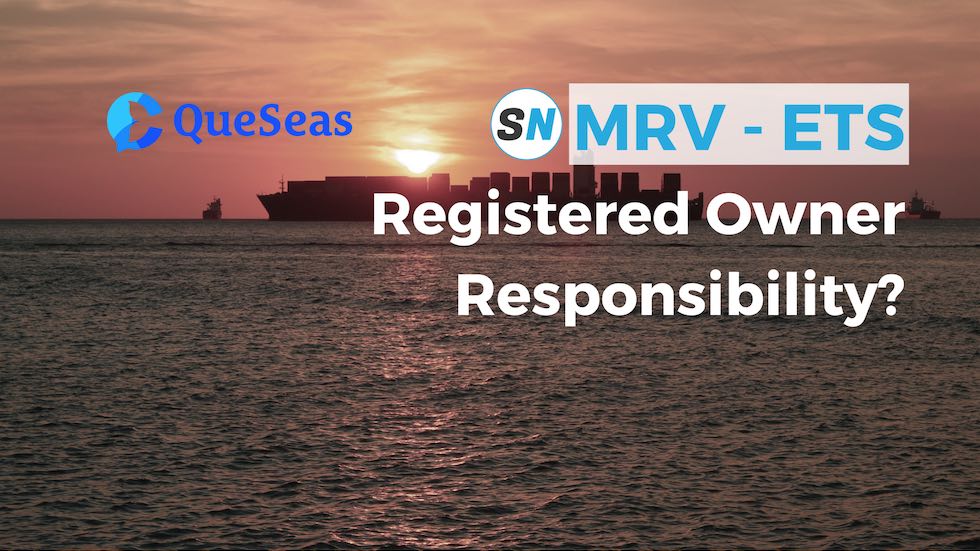28 November 2024
More than €300k EU ETS Profits – new study shows

Shipping giants and their EU ETS profits from the carbon market are laid out by a new Transport & Environment (T&E) study.
Table of Contents
Concept
Shipping giants are benefit from the EU ETS profits of the carbon market, a new Transport & Environment (T&E) study shows. A sample of more than 500 journeys to and from European ports shows that in nearly 90% of cases, shipping companies are charging customers more than the actual costs of the EU ETS. In one extreme case, the Danish company Maersk will likely make more than €300,000 extra off a single voyage. T&E says port evasion – the act of circumventing the carbon market – should not be used as an excuse to scale back the EU ETS profits. Far from avoiding the ETS, shipping companies appear to get EU ETS profits.
The world’s first carbon market for shipping came into force on 1 January this year. In response, shipping companies have levied an EU ETS profits surcharge which is paid by the customer. In 2024, ships will only have to pay for 40% of their emissions. This increases to 70% in 2025 and 100% in 2026.

A potential loophole in the EU ETS
Queseas has published an article focusing on the side effects of the inclusion of shipping in the EU Emissions Trading System (EU ETS).
Ship Nerd
Southern European governments have warned that the ETS will drive business away from their ports, with ships choosing to unload at nearby ports on the other side of the Mediterranean in North Africa. But T&E shows that shipping companies are unlikely to evade the ETS if they get EU ETS profits from it.
“Shipping giants appear to be ripping off customers by using environmental measures as a way to charge customers more. Whether it’s disruption in the Red Sea or a new carbon price, shipping companies always win. Southern European governments are warning that the ETS will cost them business by ships evading their ports, but why would they if they’re making money from it?”
Jacob Armstrong, Shipping manager, T&E
EU ETS Profits Study
T&E’s investigation looked at 565 journeys from 20 different ships from each of Europe’s four biggest shipping companies: Maersk, MSC, CMA CGM and Hapag-Lloyd. In the most extreme case, on a single journey from China to Germany, Maersk is likely to make €325,000 in surcharge EU ETS profits.
Maersk is estimated to make the largest surcharge profits on average at €60,000 per voyage, followed by MSC (€25,000), Hapag Lloyd (€23,000) and CMA CGM (€14,000)[1]. While the individual profits for each voyage are not always that high, for carriers with hundreds of vessels this represents millions in surcharge profits every year.
Shipping costs have such a marginal impact on the final costs of goods, meaning the shipping companies can get away with charging extra costs. As previous T&E studies show, even the most ambitious climate measures would add just cents to most consumer goods like a bunch of bananas, a pair of trainers or a television [2].
The ETS costs also pale in comparison to much greater surcharges being levied in response to disruption to Red Sea trade following attacks by Houthi militants. In one example analysed by T&E of routes taken by French shipping company CMA CGM from Asia to Europe, the cost of the ETS represents less than 1% of the price of a container. Their Red Sea surcharge, on the other hand, makes up nearly 18% of the total container cost.[2]

2 Houthi Missiles Hit Another Greek Bulk Carrier
A Star Bulk vessel became the latest Houthi target today when it was shot twice in 20 minutes by missiles while transiting in a southeast direction.
Ship Nerd
“Economies of scale mean the shipping business can absorb pretty large price shocks. The Red Sea disruption is pretty much as bad as it gets and global trade still hasn’t ground to a halt. The ETS is peanuts in comparison. Cost is not a barrier to shipping decarbonisation when the most ambitious green measures would add just cents to most consumer goods.”
Jacob Armstrong, Shipping manager, T&E
To its credit, Maersk – the worst performer in T&E’s study – has set out ambitious plans to produce alternative green fuels. Last year, the Danish shipping giant launched the world’s first green methanol container ship and recently announced decarbonisation targets compatible with science-based climate targets, says T&E.
See Also
Since the beginning of 2024, many shipping companies have been looking to comply with the EU ETS requirements. According to the key principle, the entity responsible for ETS compliance is necessarily responsible for MRV compliance. Hence, the entity responsible for compliance with ETS and MRV can be either the
- Registered Owner or
- ISM company

MRV & ETS – What if the Owner Assumes Responsibility?
Have you ever wondered what if the registered Owner assumes responsibility for MRV & ETS? QueSeas got you covered with this on-point article.


